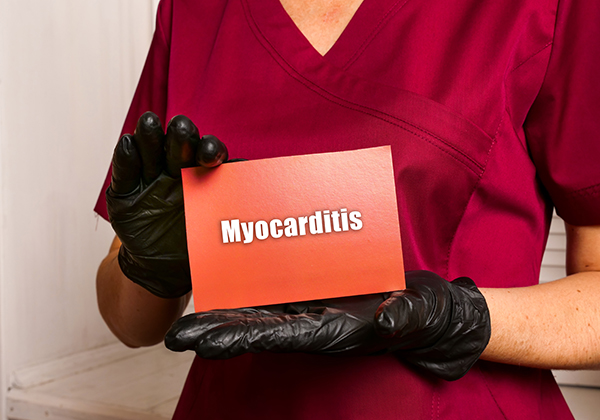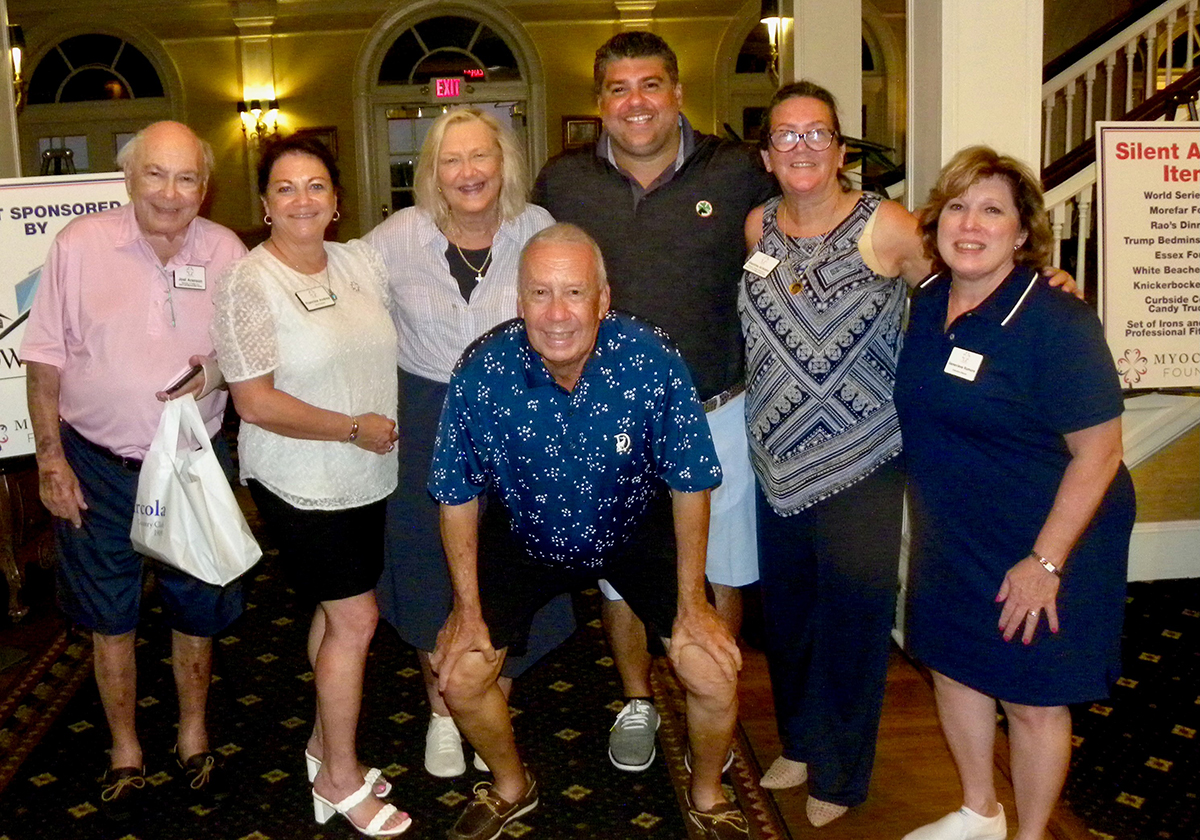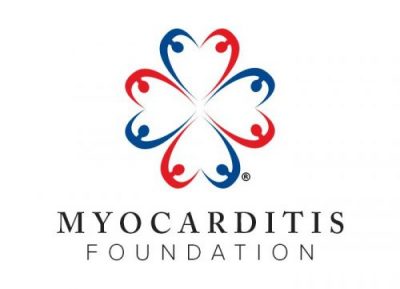Efficacy and Safety of RPH-104 Treatment in Patients With Recurrent Pericarditis
Status: Not yet recruiting
Conditions: Pericarditis
Location:
Virginia Commonwealth UniversityCity/State:
Richmond, Virginia
Contact Information:
Antonio Abbate, MD
804-828-0513
[email protected]
The primary purpose of this study is the evaluation of the efficacy and safety of RPH-104 treatment in patients with recurrent pericarditis.
Pharmacokinetic and pharmacodynamic parameters of RPH-104 multiple doses in this patient population will be assessed as well.
This is a phase 2/3 seamless design study with one interim efficacy analysis. At stage 1 (assuming possible 10% dropout rate in run-in period and screening), around 25 patients will be enrolled. At least 20 patients will be randomized to receive either RPH-104 treatment or placebo.
During the interim analysis, the enrollment won’t be paused. Based on interim analysis results the study could be continued or closed. In the case of study continuation, the final estimated sample size is at least 72 patients to be randomized in the withdrawal period (including 20 or more patients randomized in the Stage 1 of the study). Assuming possible 10% dropout in run-in period and 45% dropout in screening period, approximately enrollment of 80 subjects are planned and around 146 subjects will be screened in this study.
The study will consists of five following periods:
- Screening period (up to 4 weeks). The patients’ eligibility for the study will be evaluated based on the eligibility criteria.
- Run-in (RI) single-blind treatment period (16 weeks) will include single- blind treatment with RPH-104 at a dose 160 mg subcutaneous (SC) on Day 0, and 80 mg on Day 7, Day 14 and thereafter once in two weeks (Q2W) for all patients.
The RI period includes:
- 2-weeks Stabilization period, during which blinded RPH-104 is administered on top of standard of care (SOC) pericarditis therapy, and the ongoing pericarditis episode is treated.
- 10- week Weaning period, during which patients are gradually tapered and stopped background SOC pericarditis therapy, while treatment with blinded RPH-104 continues. corticosteroids (CS) and analgesics (opioid and non-opioid) dose will be tapered starting at RI week 2 and will be stopped by Week 12. NSAIDs and colchicine will be tapered starting at RI Week 6 and will be stopped by Week 12. Opioid analgesics can be continued after Week 12 at stable doses through the end of the OL period if cannot be discontinued without withdrawal symptoms.
- 4-week Monotherapy period: patients who stopped of background SOC pericarditis therapy will continue to receive blinded RPH-104.
Patients who discontinue SOC therapy and achieve clinical response at Week 16 are eligible for randomization in the randomized withdrawal (RW) period.
- Randomized withdrawal (RW) period (24 weeks) includes double-blind treatment with RPH-104 80 mg or placebo Q2W depending on the randomization group.
- Open-label treatment period (OL) (12 weeks). After completion of the RW period, all subjects that did not discontinue study drug will be transferred to Open-Label (OL) period and will receive open-label RPH-104 80 mg once in two weeks.
- Safety follow-up period includes monitoring of safety for 8 weeks after the last dosing of the study drug for patients who decided not to participate in open label extension long-term safety study (CL04018108).
The total maximal duration of the study for an individual subject will be approximately 64 weeks.






























